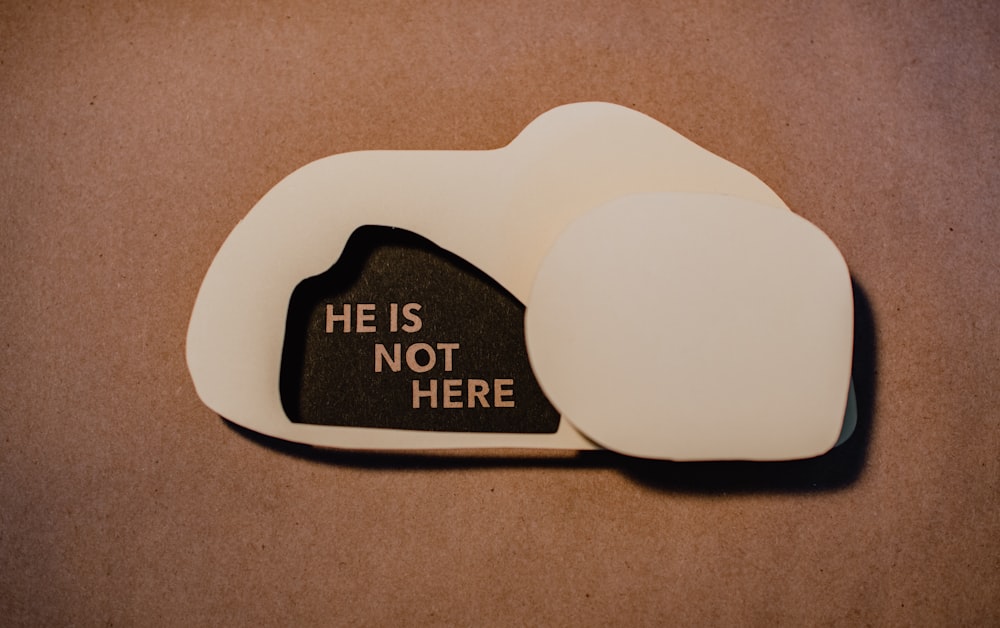
A college professor in the Diagnosis of the Times column of the Catholic Peace Weekly wants the readers to make a connection between Easter and Carbon Neutrality.
Since we are in the spring of the new year we are experiencing flower parties here in Korea and in many other parts of the world. The cherry blossoms were in full bloom before the plum blossoms were gone, and the forsythia and azalea flowers competed to bloom. It is not always pleasant to see beautiful flowers bloom too early. The cherry blossoms that bloomed on April 17th 100 years ago bloomed on March 25th in Seoul this year. Since the average temperature in Korea has increased by 1.9℃ over the past 100 years, it is perhaps natural. Is it not only the flowers that are strange?
In winter, there are more and more years when the Han River, where ice skating was enjoyed, does not freeze even for a day. On March 19, the Intergovernmental Panel on Climate Change revealed that the global surface temperature had risen by 1.1°C over the past 10 years compared to pre-industrial levels. It also predicted that the goal set for the temperature rise, 1.5℃, will be exceeded by 2040. And in the current situation, the global temperature will rise by an average of 3.2 ℃ at the end of this century, and this global warming was evaluated as 100% 'human influence'. What makes us different from the crowd who crucified Jesus without even knowing what they were doing? ( Lk 23:34).
UN Secretary-General warned at a press conference on the 6th report of the International Plant Protection Convention (IPCC) that "humanity is on thin ice that is rapidly melting" and urged countries to advance the target of net zero. The IPCC report, hopefully, predicted the possibility of carbon neutrality by 2050 internationally as "not simple, but possible." In particular, it was evaluated that Korea is in an advantageous position to achieve carbon neutrality because it has excellent technical capabilities.
The Carbon Neutral Green Growth Committee announced the National Carbon Neutral Green Growth Basic Plan on March 21st. The most important national greenhouse gas reduction target was to maintain the internationally promised 2030 reduction target of 40% compared to 2018 greenhouse gas emissions. The biggest change in this plan is the lowering of the industrial sector reduction target from 14.5% to 11.4%. It plans to reduce 4 million tons, half of the reduction in the industrial sector, from the power generation sector, and the rest through (Carbon Capture, Utilization, and Storage Technology) and international reduction. In addition, the share of renewable energy generation in 2030 was lowered from 30.2% to 21.6%, but the other five sectors, including construction, transportation, livestock, fisheries, waste, and sinks, remained the same as the previous reduction targets.
Civic groups criticize that this plan has reduced the burden on the industrial sector, which is responsible for greenhouse gas emissions, and that carbon capture, utilization, and storage (CCUS) and international reductions have applied uncertain measures as a reduction method and lowered the proportion of renewable energy, which is the surest alternative.
Although there are many regrets, the presentation of the annual implementation target by 2030 can be highly evaluated. Excluding 1998, when the country was in a state of bankruptcy due to the IMF, and 2020, when 'Corona' was rampant, it is difficult to find a case in which greenhouse gas emissions have decreased.
Execution is more important than planning for greenhouse gas reduction, and this is why evaluation and constructive feedback by a group of experts with public confidence are essential.
It is true that the unit cost of renewable energy generation is still higher than that of fossil fuels, and it is inconvenient for the general public to follow Eco-friendly living methods such as expanding the use of public transportation and controlling the temperature of air conditioning and heating.
Jesus taught, "Love your neighbor as yourself". Believers must first come forward to practice carbon neutrality to solve the "climate crisis" that is at stake in the global community and even the ecosystem. It is because those who belong to God must practice righteous things. (1 John 3:10) So we must be born again as children of God. Because Jesus "is the resurrection and the life" (John 11:25).





